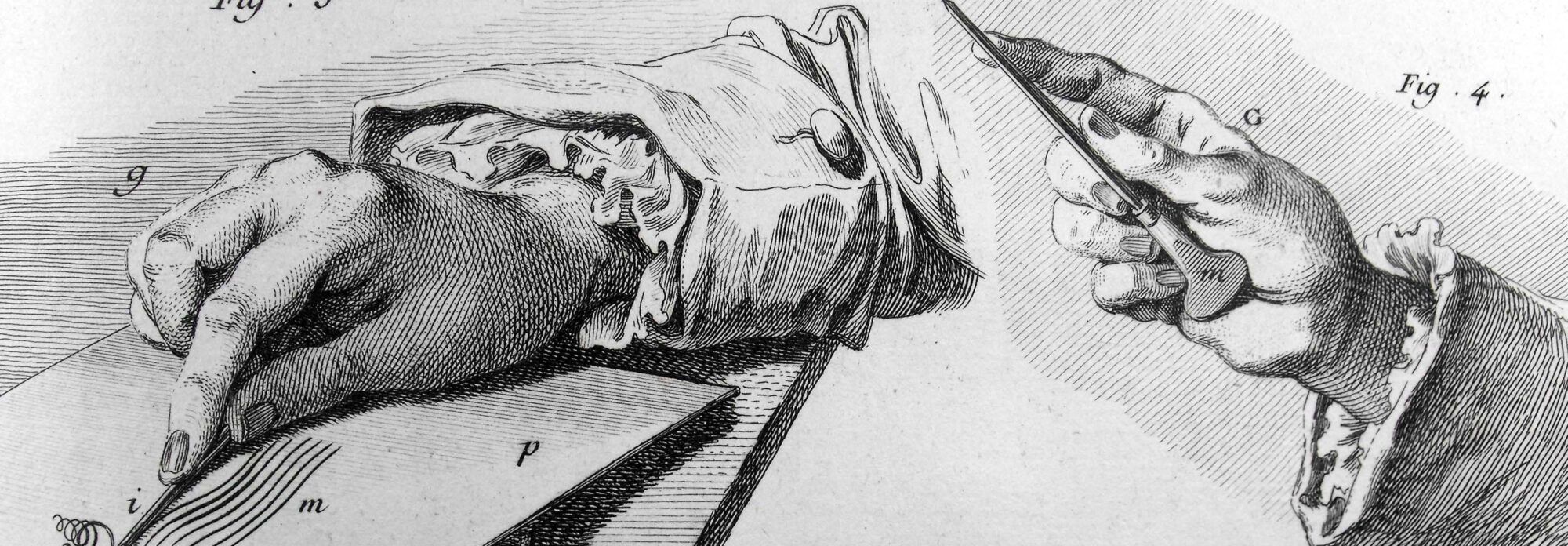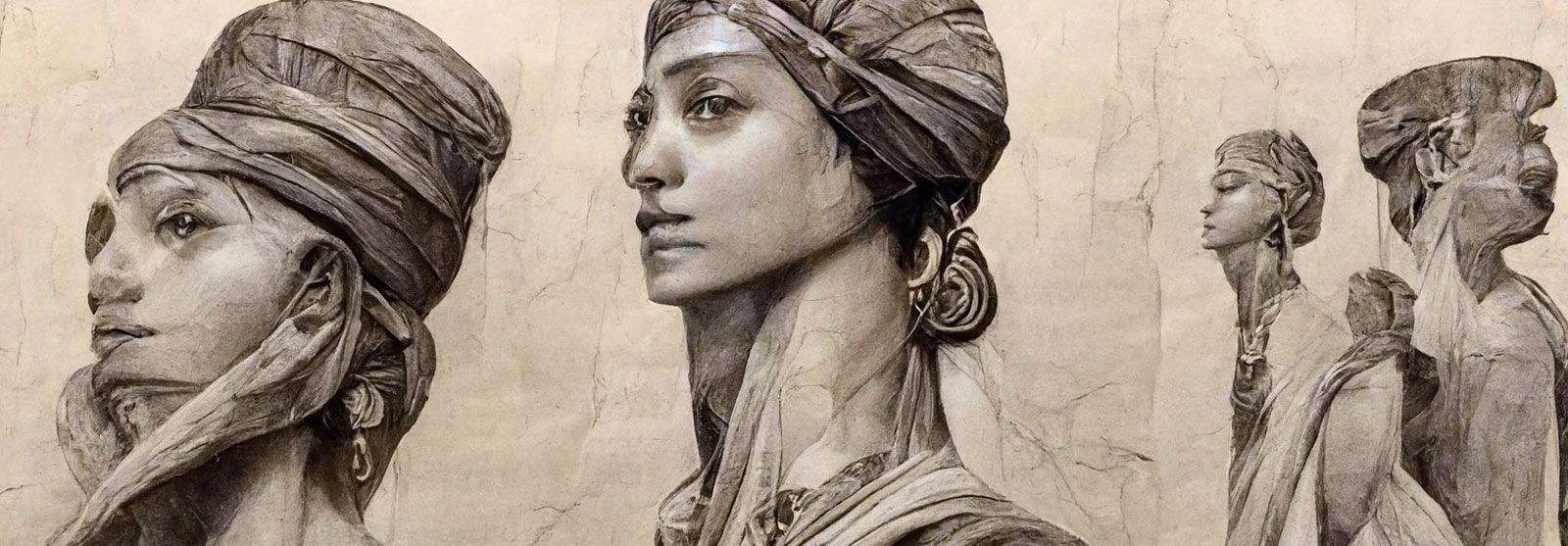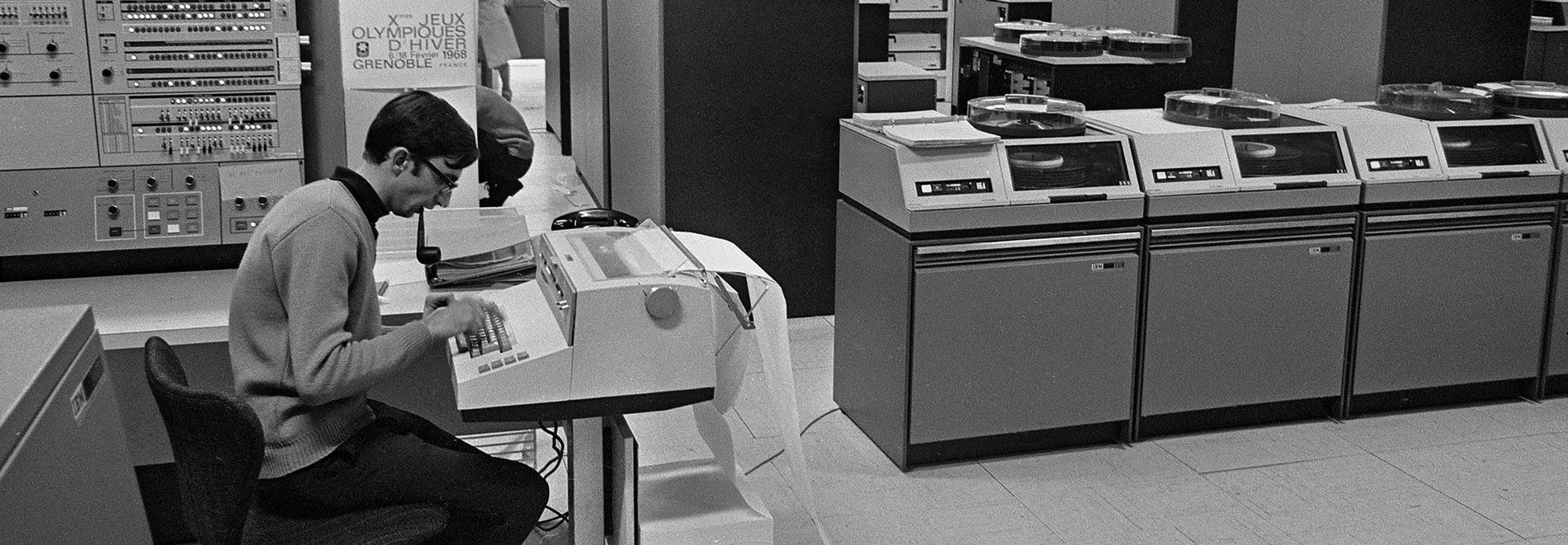What exactly is automation?
Automation (Oxford Dictionary)
“Automatic control of the manufacture of a product through a number of successive stages; the application of automatic control to any branch of industry or science; by extension, the use of electronic or mechanical devices to replace human labor”.
There are two basic forms of automation namely mechanization and computerization. Mechanization is the oldest form of automation and takes care of the most tangible, production tasks such as manufacturing.
How automation affects human behavior, in a human versus machine interaction setting, has been intensively studied since the 1950’s, especially related to the workforce in industrial/commercial areas such as manufacturing, aviation, and the general production of goods (Bright, 1958). Automation includes the execution by a machine agent of a function that was previously carried out by a human (Parasuraman, 2000), (Parasuraman and Riley, 1997).
Computerization emerged with the arrival of computers (hardware) and programming (software). Computerization encompasses all the things computers can do or will be able to do. Computers help humans with their tasks. It’s all about computer-human interaction (HCI).
Basically, there is always a duality, human versus machine, when tasks are allocated. Fitts (1951) for example presented a list (The Fitts list) of general tasks in aviation control covering both humans and machines, illustrating where the performance of one category exceeds that of the other. However, J. C. F. de Winter and D. Dodou (2011) have shown that the Fitts list is no longer completely valid in terms of all of its 11 statements because machines have improved drastically in the last 60 years.
Automation helps us to produce more, faster, and more efficiently. But unlike what is commonly regarded as the outcome of automation, it does not push us away from our work. Automation is where humans and machines come closer together. It is where we interact with our machines. We use technology to do things that we could never do on our own, or at least not as fast or as accurately. Although automated machines and systems replace some of our earlier more manual tasks, in fact, we extend ourselves by applying these systems on a personal level.
We become faster, and more efficient and can produce almost anything.

With automation, it is not only jobs that disappear and complex roles that reappear. Centuries of specialist stress in pedagogy and in the arrangement of data now end with the instantaneous retrieval of information made possible by electricity. Automation is information and it not only ends jobs in the world of work, it ends subjects in the world of learning. It does not end the world of learning. The future of work consists of earning a living in the automation age. This is a familiar pattern in electric technology in general. It ends the old dichotomies between culture and technology, between art and commerce, and between work and leisure. Whereas in the mechanical age of fragmentation, leisure had been the absence of work or mere idleness, the reverse is true in the electric age. As the age of information demands the simultaneous use of all our faculties, we discover that we are most at leisure when we are most intensely involved, very much as with artists of all ages.
… Men are suddenly nomadic gatherers of knowledge, nomadic as never before, informed as never before, free from fragmentary specialism as never before –but also involved in the total social process as never before; since with electricity we extend our central nervous system globally, instantly interrelating every human experience. (McLuhan, 1964)
Some say there will always be a need for automation when there is an economic demand behind certain tasks. The more and the faster you can do these tasks means an increase in wealth. But, as will be shown, when humans use their creativity, there are numerous setbacks that appear in the form of fear, disbelief, automation paradoxes, socio-cultural trend looping and philosophical paradigms that sometimes seem to push back on technology.
When something can be successfully automated, it means that its practices and standards are established enough as not to need much human input. And this is obviously the beginning. There will be fierce competition about which service can deliver better designs, faster and with less human intervention.
With too much automation, the risk is great that the designer will jump over certain tasks to come to the solution or end result quicker. There is danger in taking leaps or shortcuts instead of smaller, agile steps within the process (Ashton, 2015). Big jumps will make seeing what is really there or what the real problem is more difficult as opposed to seeing what you are thinking as you aim for a quick result. One can get blinded by expertise, and by automation. Creation is attention to the bigger picture without ever leaving the smallest of details out of sight.
From years of research in the aviation industry, we can learn that dependency on automation leads to a degradation of skills. William Langewiesche agrees with this when he talks about the Children of the Magenta: “We appear to be locked into a cycle in which automation begets the erosion of skills or the lack of skills in the first place and this then begets more automation.” This counts as one of the paradoxes of automation.
We don’t want automation to be blind reproduction either, like a paint with numbers set.
We want automation to be that ‘race with the machines’ not against. Automation should help and assist humans in their everyday tasks not only to make them easier but also to make the end result better.
The Levels of Automation (LoA), a term originally related to manufacturing and aviation, depends strongly upon the existence of flexible tools and advanced machinery on one side and the level of (artificial) intelligence or intelligent computer systems involved when human tasks are being replaced by machines on the other side. The level of automation in the context of these expert systems is most applicable to cognitive tasks such as the ability to respond to and make decisions based on system information. The more advanced the tool and the higher the AI, the higher the level of automation will be.
A recent paper called ‘A literature review on the levels of automation during the years. What are the different taxonomies that have been proposed?’ presented a literature review of the evolution of the levels of autonomy from the end of the 1950s up until the present day (Vagia, Transeth, Fjerdingen, 2016).
In this paper, much of the previous literature on taxonomies relating to the levels of automation is gathered. Technical developments within both computer hardware and software have made it possible to introduce autonomy into virtually all aspects of human-machine systems. The paper also proposes a new taxonomy as an example for future research.
An example of automation in the design process:
Every designer looks for inspiration. What is inspiration? It could be seen as a cognitive process; the discovery of stimuli. Most often sensory or verbal stimuli, but in the case of a graphic and/or web designer usually visual stimuli.
The human brain takes in all those stimuli it thinks are useful and connects them to parts of the memory, like experience and emotive or intuitive associations.
The internet is an important tool to find visual stimuli. Google search is easy and powerful. An application like Pinterest for example is a semi-automated tool, one just has to enter a couple of keywords and push a button, which gives easy access to an organized collection of thousands of visual stimuli. Something that would have taken a considerable amount of time, numerous visits to the library, or a physical personal collection of visuals, before the invention of the internet and Pinterest.
Within the Endsley and Kaber (1999) taxonomy, this process of finding inspiration could be compared with the LoA called Shared control. Where computers and humans share the following roles (information-processing stages): monitoring and generating. The roles not shared with the computer would be selecting and implementing. The choice and the decision still lie with the human, the human decides whether to implement the results or not.
One of the most important concerns we could have when everything eventually becomes more automated is the question of the value that we give to the end product. Do the typical characteristics of the final product (digital or not) or outcome determine/influence the Level of Automation or is it the other way around? Does the Level of Automation decide how or what the final product will look like? Possibly both. We change technology, but technology changes us too.
When we look closer specifically at web design, where the end result of any project or product is 100% digital, we could say that the entire design process of, in our case, web design could be automated if not completely computerized over time. Web design and automation, it’s a certainty we can not deny. Or can we?
This brings us to our next point. With the final product of web design being 100% native digital and without the necessity of any trace of ‘the artists hand’, we can ask ourselves if there is a constructive future for web design and the job of the web designer?
Notes:
- We could in fact replace the word labor in the definition with skill
- http://uxmag.com/articles/why-web-design-is-dead
- http://99percentinvisible.org/episode/children-of-the-magenta-automation-paradox-pt-1/
-
In 1950 Max Klein, an engineer and owner of the Palmer Paint Company of Detroit, invented and developed a ‘kit’ system with a board on which light blue or grey lines indicated areas to paint. Each area had a number and a corresponding numbered paint color to use. In a way, this was an application of the many centuries-old stained glass craft. In short, this could be thought of as the complex craft of painting simplified by a system of numbers.
Related articles
September 16, 2022
To automate or not to automate
April 23, 2022
Autonomy on the edge of realism
September 23, 2019
The Heckel diagram
This article is part of The Automated Designer, a research topic studied for the author’s MBA thesis paper at The Berlin School of Creative Leadership.


